11 of November was the day of Diwali – one of the most celebrated Hindu festivals of the year. The victory of light over darkness. As one of my friends precisely described it – the festival of pyrotechnics.
For the first part of the day we had planned to visit the market (which is a little bit outside the tourist area) and explore the Ahar site. The way to the main market area was very fine. Shops were mostly organised by sold items – clothes, jewellery, shoes, pots and plates, electronics etc. We were not looking to buy something – that made things easier for us. Without any struggle you can just say that you do not want to buy anything. Besides, unlike in the tourist area the salesman were way less keen on trying to sell you something.
Once we reached the real market area the scene changed. Overcrowded – kids begging, stalls and walking salesmen, rickshaws, axis, motorbikes, cows, dogs – everything in the middle of the day. Too much to bare. We had to fight our way to get out of there. I cramped my self in the arm of Stijn and looked for the fastest way out.
After a short break near the town hall, we found a rickshaw that took us to Ahar museum. We had not done much of a research (in general we are very bad at doing any research on the places we visit), so first we visited a museum based on some archeological artefacts, about 20 sculptures of different gods from medieval period and two series of miniature paintings telling stories of marriages. The fact that you don’t have t visit the museum to see the Ahar mausoleum site we learned only after seeing the exposition. But luckily it was not a big collection they had.
The mausoleum site was beautiful and completely empty. We met a couple leaving when we entered. The site was all for us (and some inhabitants of the slum-style housing at one corner of the site). You are not supposed to take photos on the site, but someone who looked like a police man stopped us at the entrance. He wished us happy Diwali and announced that taking photos is 50 Rs. So we paid the fee without thinking too much and started to explore the different monuments build for the nobel of the town. After some 10 minutes another “guard” appeared. “No photo, sir!”. We were rather confused. We explained that we had paid the photo fee (it is very common to ask for a camera fee in museums) to someone who looked like a police man. “How much did you pay?” We told the amount of 50 Rs. A pause follows. Stijn is already putting his camera away as the man says “100 Rs and no problem!” Now we start to realise that the “police man” might be a self-made-police-man and that no photo fee exist in Ahar, but oh, well… Stijn plays it out smart: “I will give you 50 Rs!”. “Ok, sir!”.
No other man came to claim for the photo fee. We were left alone with mausoleums and many pigeons. It is a place definitely worth visiting. Beautiful architecture, silence and peace. We were happy to wonder around and enjoy the scenes.
Our plan for Diwali was to have dinner in the fancy restaurant we had visited few days back. It had a nice lake view. We wanted to see the fireworks from there. But the evening turned out differently. We were invited to join the family of Manoj, Nirmal and Sunny. Manoj is one of the guys running Millets of Mewar, but Nirmal and Madan are running the guest house. They are brothers and insisted that we join them. We accepted the invitation with pleasure.
As the sun set the city changed
Already few days before the people were painting their houses or the ground in front of their houses. Clay red and white were the most common colours. Women would draw rangoli. Some were simple, others were made with coloured sand. Every day the design of rangoli would change. Houses were decorated with dias (small lamps made in clay pots filled with oil) and different lamps. With the darkness the sound of crackers and fireworks took over. Those are not the most pleasant sounds to experience, especially if it lasts all night long.
There was a rickshaw arranged for us, as the celebration took place in family home out side the main city. We could see and hear Diwali taking over the city. Lights, fireworks and explosions of crackers were everywhere. We also had a chance to take part in it. It the house of our guests we were taken to the rooftop which has a beautiful panorama view over the city. Soon all the bothers, sisters and other siblings joined upstairs to enjoy the pleasures of pyrotechnics. We were rather shy and prudent with involving in the whole fire party. But after many encouragements by all family members, we also had a try of few fire works.
After the fun on the roof we had dinner made by the women of the house. It was delicious. It was the first time we were having a meal in someones house in India. We all sat on the ground, that food was passed to everyone. It was great. We are very thankful to the whole family for welcoming us in their home during Diwali, which is a family festival.
Back home we had one of those “this is India” moments – our rickshaw driver had taken his son with him. He had also decided that Diwali night was a good moment to let his 12 year old son to drive the rickshaw… What was maybe a good drivng lesson for the 12 year old, was quite scary drive back home for us.
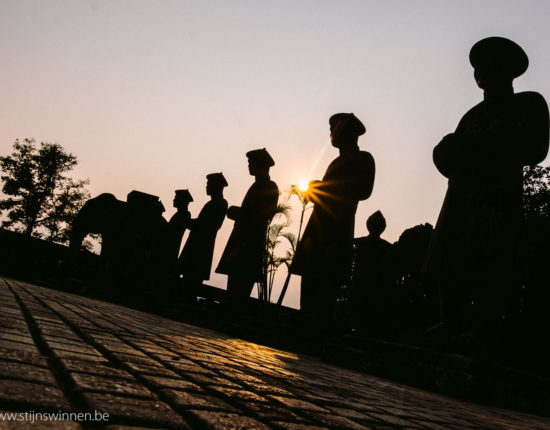

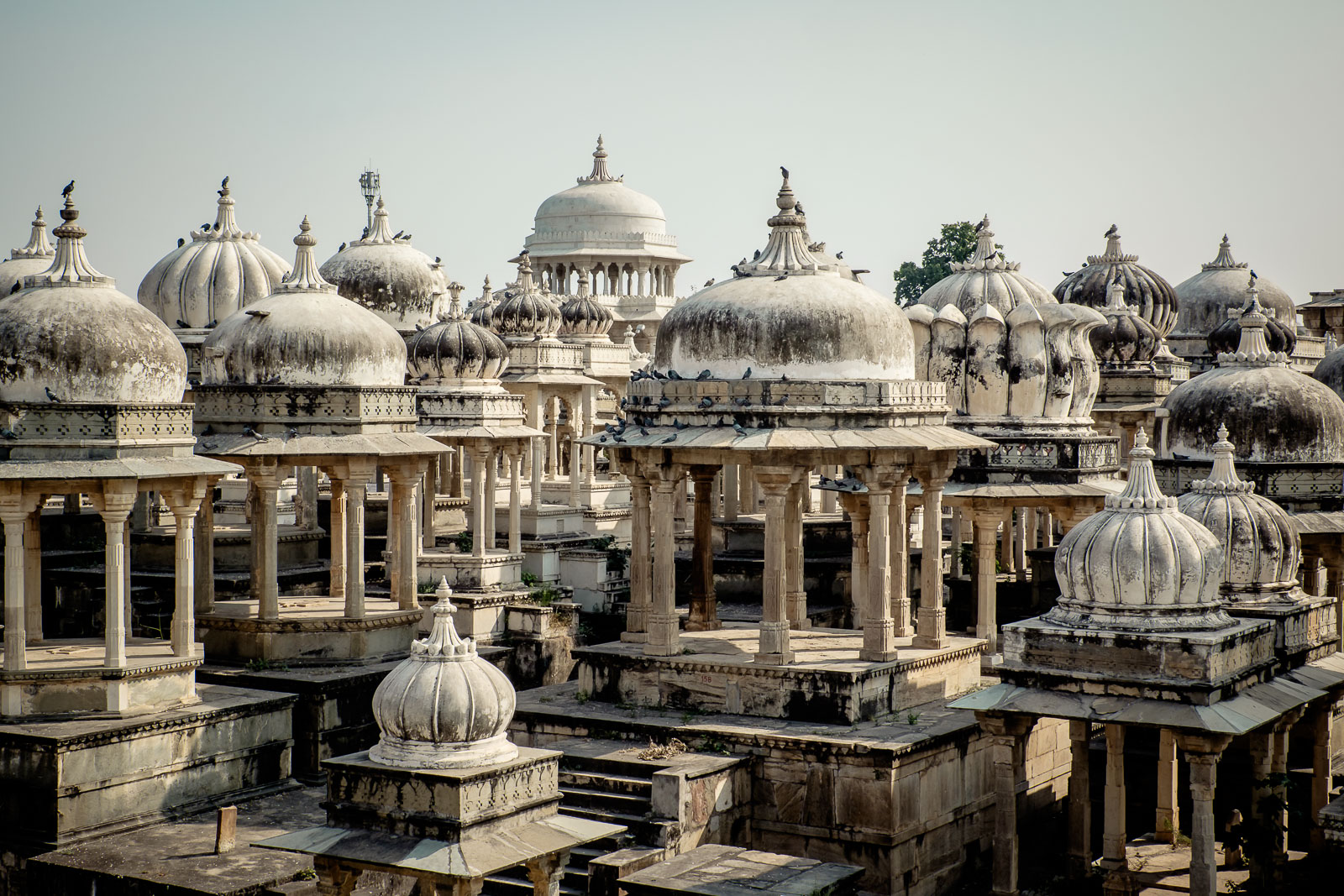


















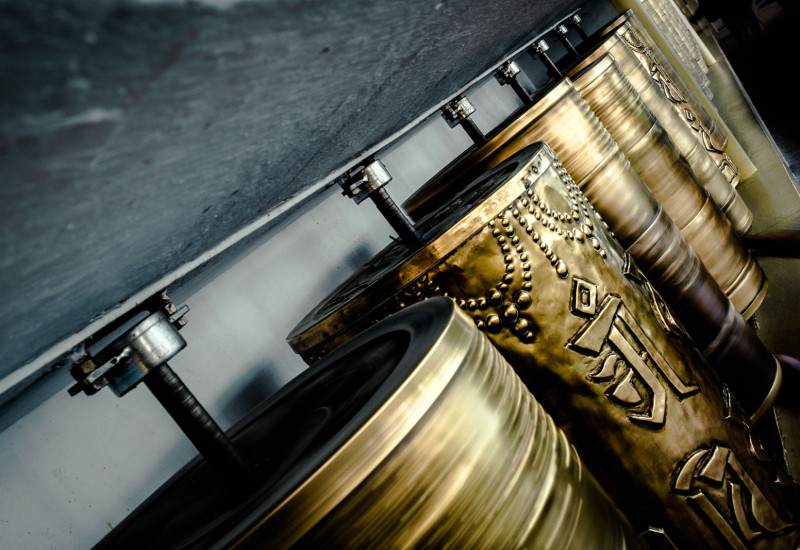
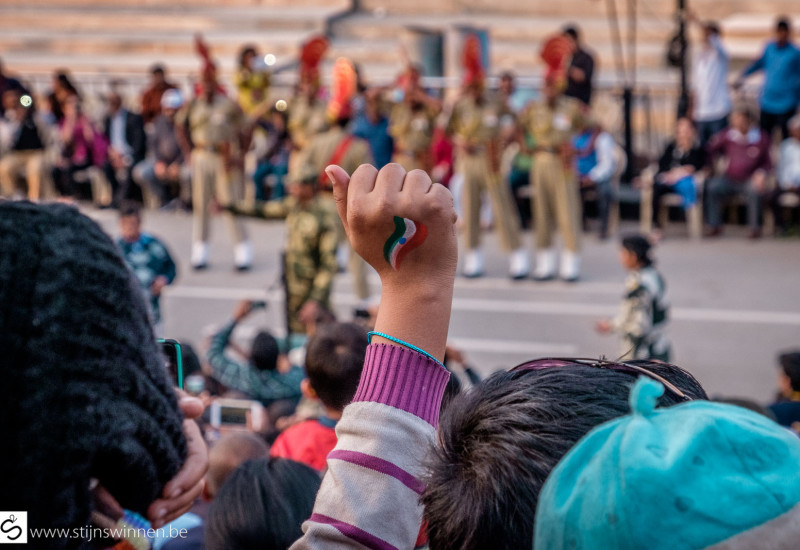
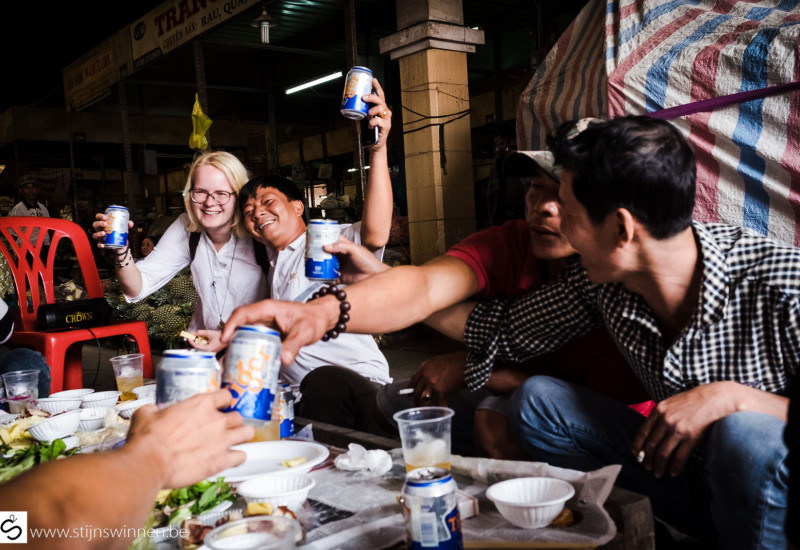
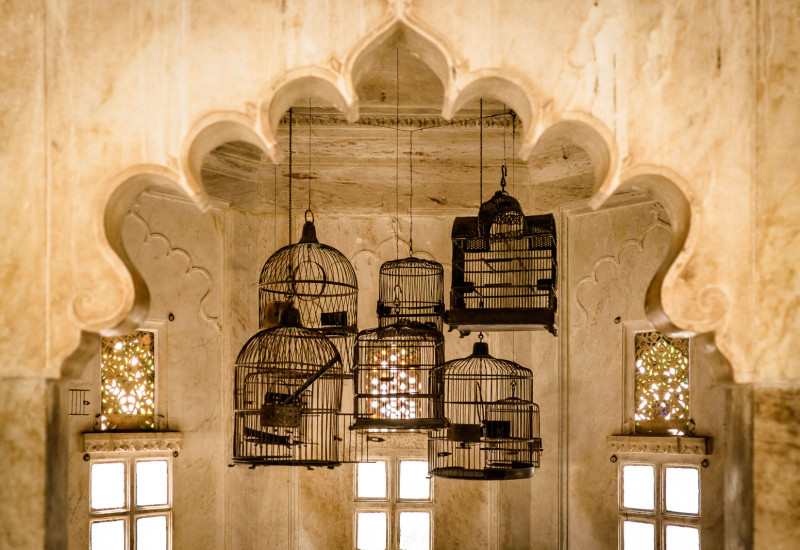
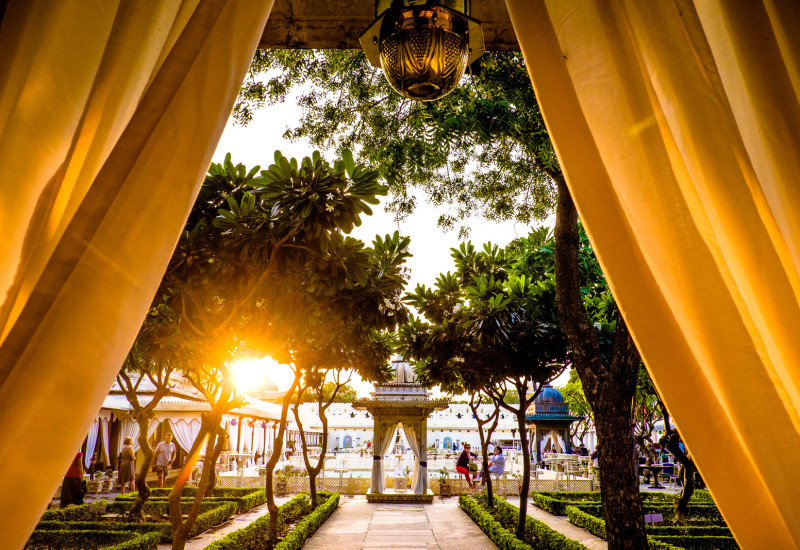
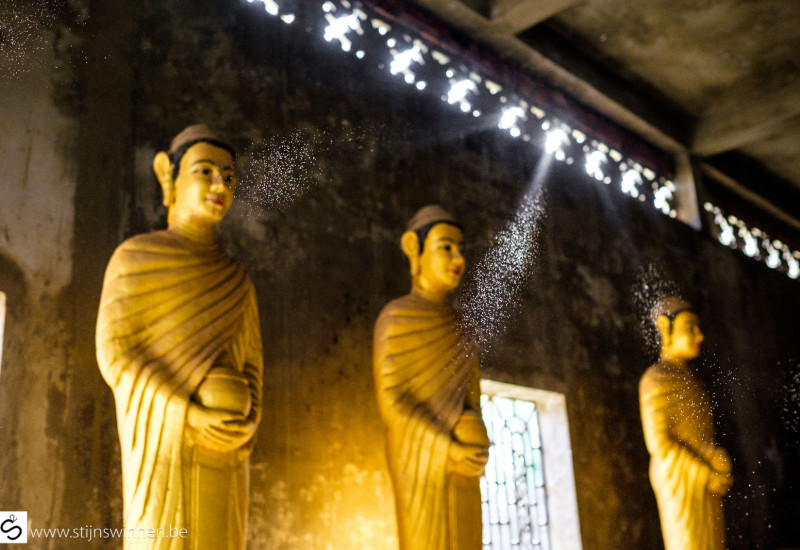
Leave a Reply